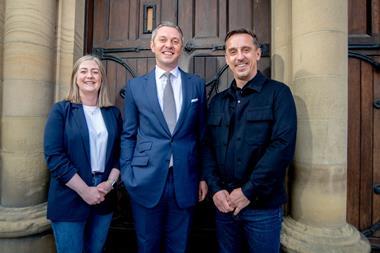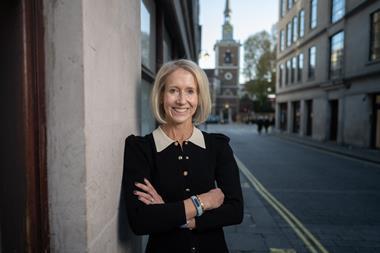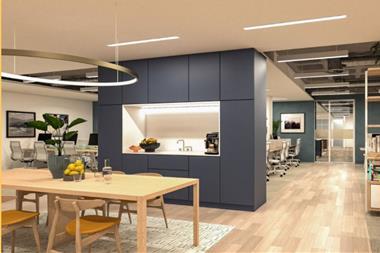Businesses should strive to create more inclusive, supportive and productive environments for everyone.

Today, around one in seven people experience some form of neurodiverse condition. Creating an inclusive and inspiring environment is no longer a ‘nice to have’ but a necessity for businesses looking to retain diverse teams.
Placing employee wellbeing at the heart of a workspace has been fundamental to MoreySmith’s design approach for three decades. However, the trend has been undeniably expedited by the Covid-19 pandemic, as employees were able to forge their own routines and ways of working for the best part of two years.
Businesses are starting to understand that they must expand their offering far beyond just a desk to attract workers back to the office. Investing in the work environment to meet the specific needs of neurodiverse individuals will ensure all employees feel valued and supported.
A key part of this approach is building in autonomy from the outset to give employees the freedom to choose their own working environment. People with conditions such as ADHD and autism may have varying sensory needs that can change on a daily or even hourly basis. This can be accommodated with a flexible design approach, which provides workspaces with a range of atmospheres, from quiet, contemplation areas to buzzing social spaces.
Flexible model
For example, when designing CBRE’s Henrietta House HQ in London (pictured), we introduced a university-style library for silent working and a lively central café alongside a range of desks and co-working spaces. A desk-booking app lets people choose where they want to work, providing a flexible model for CBRE’s 2,000 employees.
In the creation of open-plan and collaborative spaces, acoustic factors must also be considered. In all our projects, ‘pink noise’ provides a constant low-level sound to prevent the space from falling uncomfortably silent.
In Sony Music’s London HQ, having music playing throughout the space is a usual part of the daily routine. This has been balanced with a strategic labyrinth-inspired design, which provides alcoves and quiet rooms for individual working away from the open-plan environment. For those who are hypersensitive to noise, a library space with soft lighting and writing desks mimics the home-office environment and provides respite from social areas.
Designing an environment with neurodiversity in mind is not only about the spaces themselves but about ensuring everyone can find their way around. Clear wayfinding, consistency of presentation across floors and good signage are essential.
For example, at Sony we introduced at least three tea points on every level – located in the same place on each floor. This consistency in layout helps people familiarise themselves with their surroundings in large spaces.
In all our projects, biophilic design plays an important role in facilitating wellbeing. Plants, natural materials and natural light have all been shown to reduce stress, while outdoor spaces provide a (literal) breath of fresh air.
The provision of ergonomic furniture is now a crucial part of supporting workers’ physical needs, and providing spaces for activities such as yoga or art classes is proving highly popular with bosses and employees alike.
By designing offices with the needs of neurodiverse individuals in mind, businesses help create a more inclusive, supportive and productive environment for everyone. By taking account of the most acute sensory needs and preferences in a team, firms can foster an open and flexible culture, with happier staff and increased efficiency.
Shonagh Gardiner is senior associate interior designer at MoreySmith






























No comments yet